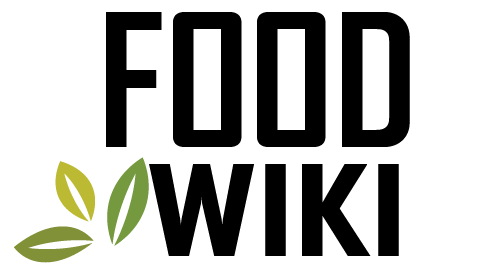A salt is a chemical compound that is formed by the neutralization reaction between an acid and a base. The term “salt” comes from the Latin word “sal,” which means sea. This term was chosen because many salts can be found in the ocean, among other places. Salts are composed of positive ions (cations) and negative ions (anions), and they can be composed of many different types of elements, not just sodium and chlorine as we often think of table salt. They are crystalline in nature and are often soluble in water.
Uses of a Salt
a. Food Seasoning: The most common use of salt, specifically sodium chloride, is as a food seasoning. It enhances the flavor of foods and is an essential component in most recipes around the world.
b. Food Preservation: For centuries, salt has been used to preserve foods like meats and fish. It works by drawing out moisture and creating an environment where bacteria cannot thrive.
c. Chemical Industry: Salts are also important in many industrial processes. For example, sodium chloride is used in the manufacture of chlorine and soda ash, which are used in the production of PVC, paper pulp, and many other products.
d. Water Softening: Some salts are used to soften water. Hard water contains high levels of calcium and magnesium ions, which can build up in pipes and appliances. Water softening salts replace these ions with sodium or potassium ions, preventing the buildup.
e. Road De-icing: Salt, particularly rock salt, is often used to melt ice on roads during winter. The salt lowers the freezing point of the water, which can prevent ice from forming.
Why is salt used for cooking?
Salt is used in cooking for a variety of reasons:
- Flavor Enhancement: Salt has the ability to enhance the flavor of food. It is a taste that our tongues can recognize and respond to very quickly. By interacting with taste receptors, salt can enhance sweetness and reduce bitterness, creating a better overall flavor profile.
- Texture Modification: Salt can change the texture of certain foods, making them more appealing. For example, when making bread, salt strengthens the gluten network in dough, making the dough more elastic and the bread more chewy. In cured foods like ham or pickles, salt alters textures through osmosis and denaturation.
- Preservation: Salt has been used as a preservative for centuries because it inhibits the growth of microorganisms. This is accomplished by drawing water out of microbial cells through osmosis, which can kill or slow the growth of the microbes that cause food spoilage. This is particularly useful in products like cured meats and pickled vegetables.
- Color Development: In some types of cooking, like baking, salt can enhance the color of the food. For instance, it contributes to the golden crust of bread.
- Balancing Flavors: Salt can help balance the flavors in a dish, allowing for a more rounded and full taste. It helps bridge between other tastes like sweet, sour, and umami, making the flavor of the food more complex and nuanced.
- Promotes Browning: Salt can draw out moisture from the surface of foods like meat, which promotes browning when the food is cooked. Browning (or the Maillard reaction) provides flavor and color to the food.
A piece of advice: salt is a multifaceted tool in cooking, used not just for seasoning, but for texture modification, preservation, and even color development. It’s important to learn how to use it effectively to enhance your culinary skills.
How to Measure Salt for Cooking
Did you know that you will really have to measure salt with care when cooking? Measuring salt for cooking can vary greatly depending on the type of salt (table, kosher, sea) and the specific recipe. A rule of thumb is to start with less and add more to taste. However, in baking, precise measurements are crucial, so salt should be measured using proper tools like measuring spoons or a kitchen scale. A typical measurement is one teaspoon of table salt for most savory recipes serving four to six people, but always adjust to personal preference and dietary needs.
Health Benefits of Salt
a. Electrolyte Balance: Salt plays a critical role in maintaining the body’s electrolyte balance, which is necessary for nerve and muscle function, hydration, and maintaining the body’s pH level.
b. Digestive Health: Salt aids in the digestion process. It helps to break down food in the stomach and promotes the creation of digestive enzymes.
c. Nutrient Absorption: Salt helps in the absorption of other nutrients in the small intestine.
d. Regulates Blood Pressure: Sodium, which is a major component of salt, is essential for maintaining blood pressure.
Disadvantages of Salt
While salt has many benefits, excessive consumption can lead to health problems.
a. High Blood Pressure: Consuming too much salt can lead to high blood pressure, a major risk factor for heart disease and stroke.
b. Kidney Disease: High sodium intake can put a strain on the kidneys and potentially lead to kidney disease.
c. Water Retention: Consuming large amounts of salt can cause your body to retain water, leading to bloating and weight gain.
d. Osteoporosis: There’s some evidence that consuming too much salt can lead to calcium losses, which could contribute to osteoporosis over time.
e. Stomach Cancer: Some studies suggest a link between high salt intake and stomach cancer, though more research is needed to understand this relationship.
In conclusion, while salt is an essential component of our diet, like any other substance, it needs to be consumed in moderation. Always adhere to the dietary guidelines provided by health professionals regarding salt consumption.



